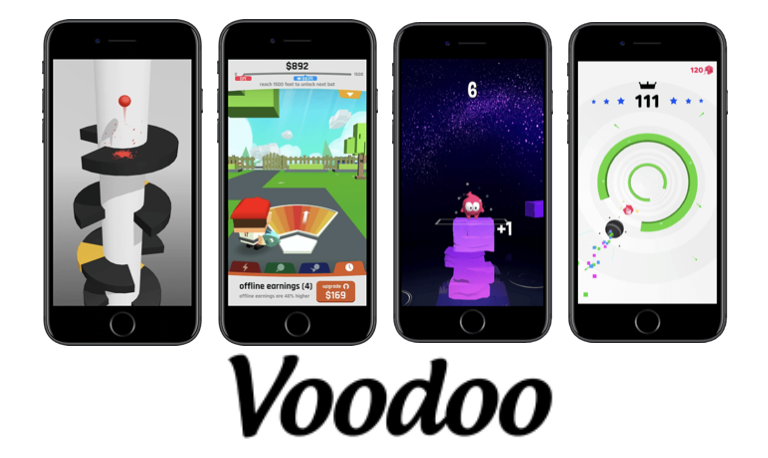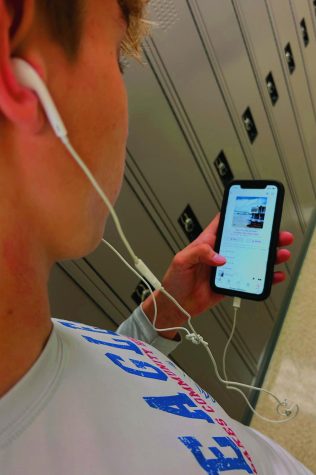Chart Topping Free Games
Why do lazily made games appeal to users?
Chances are if you have a mobile device of some sort, you probably have a few games or two. Those games you have most likely have ads. It is no secret that these are how free games make most of their money along with in game purchases. Say you have a free solitaire app that you use occasionally or you have a match three game, it seems after every ‘win’ or ‘play’ some kind of ad will pop up. So you just finished a round of some game, and an ad for another free game pops up, the game looks interesting enough so you go to the app store and download it. You may not know it, but you just fell into a large rabbit hole of free-to-play casual games.
Casual games are free to play apps that are simple, sometimes involving some type of puzzle to solve, while others just involve simulation painting or carving. A lot of these games are disguised as stress relievers or satisfying challenges, when in reality they are just lazy attempts of games that are quick cash grabs. Each one of these games are filled with ads and are mass-produced by developing companies that are owned by other companies that distribute them.
The whole point of making so many of these is because these companies know that the games won’t last long on the user’s device because consumers have short attention spans, so they get the most out of throwing in a bunch of ads. There is nothing really ethically wrong with the system, the developers aren’t lying to their consumers about the app’s contents or luring people into buying premium items to enhance the experience. It is just annoying having to watch a thirty second ad of another casual game every time a user completes a round. The most interesting part is that these low quality games top the app store charts and seem to stay up there.



















